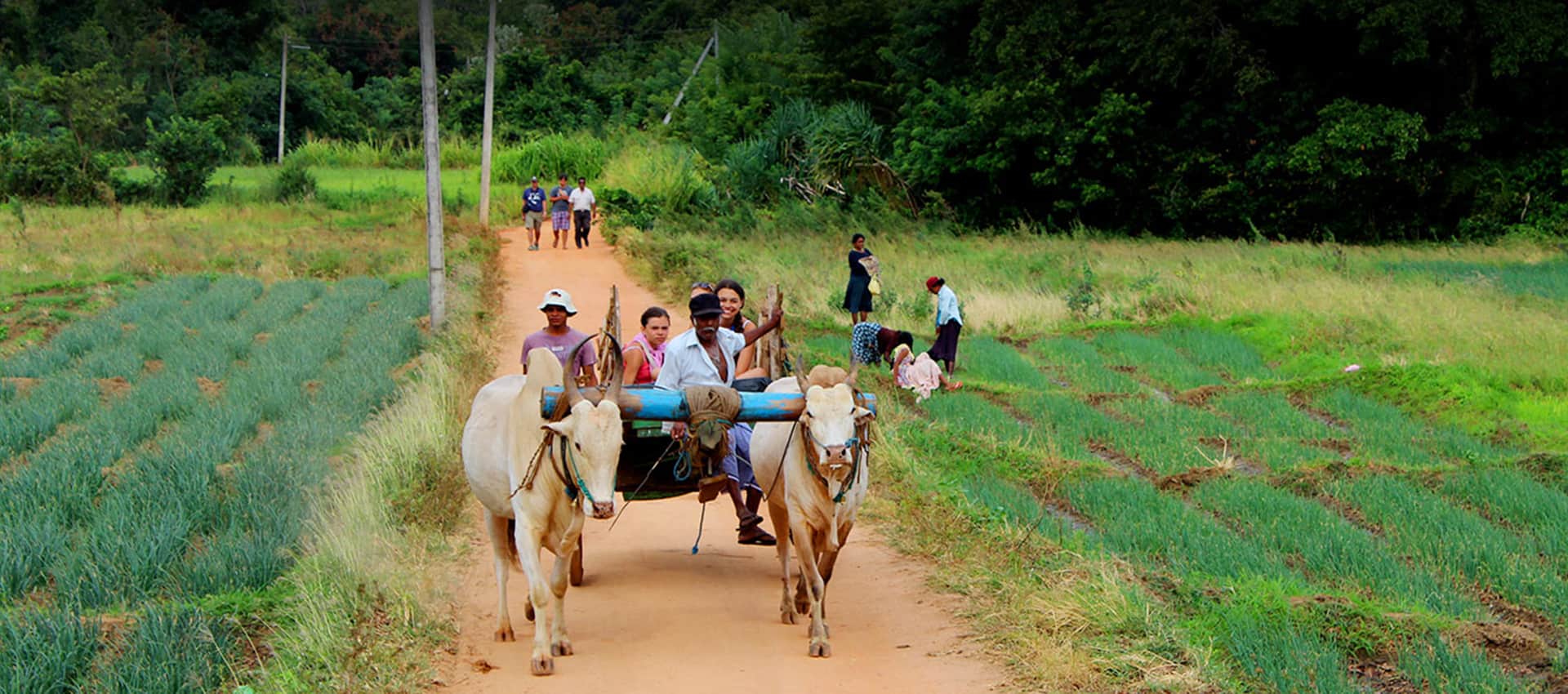
Sri Lanka’s government has unveiled an ambitious development project aimed at revitalizing rural areas across the country. This large-scale initiative seeks to enhance infrastructure, boost local economies, and improve the quality of life for rural residents.
Objectives of the Development Project
- Infrastructure Improvement: The project focuses on upgrading infrastructure in rural areas. This includes building and repairing roads, bridges, and public facilities to enhance connectivity and accessibility.
- Economic Boost: A key objective is to stimulate economic growth in rural regions. The development project aims to create job opportunities, support local businesses, and attract investment to these areas.
Key Components of the Project
- Agricultural Development: The project includes initiatives to modernize agricultural practices. This involves providing farmers with advanced tools, technology, and training to increase productivity and sustainability.
- Education and Health Services: Improving access to education and healthcare is a priority. The project will fund the construction of new schools and health clinics, as well as the enhancement of existing facilities.
- Community Amenities: Development efforts will also focus on enhancing community amenities. This includes building recreational centers, improving water and sanitation facilities, and supporting local cultural activities.
Funding and Implementation
- Government Funding: The government has allocated significant funds for the development project, underscoring its commitment to rural development. This funding will cover various aspects of the initiative, from infrastructure to community services.
- Partnerships and Support: The project will involve collaboration with local authorities, private sector partners, and international organizations. These partnerships are crucial for the successful implementation and sustainability of the development efforts.
Expected Impact
- Economic Growth: The development project is expected to boost economic activity in rural areas by creating jobs and encouraging investment. This will help reduce regional disparities and promote balanced economic development.
- Improved Quality of Life: Enhancing infrastructure and public services will significantly improve the quality of life for rural residents. Better access to education, healthcare, and amenities will contribute to overall well-being and community development.
Public and Local Reactions
- Community Support: Rural communities have largely welcomed the development project. Residents are hopeful that the improvements will address longstanding challenges and provide new opportunities for growth.
- Local Involvement: The government has emphasized the importance of involving local stakeholders in the project. Community input and participation will be integral to ensuring that the development efforts meet the specific needs of each area.
Challenges and Considerations
- Project Management: Effective management and coordination will be essential to the success of the project. Ensuring that funds are used efficiently and that construction is carried out as planned will be key challenges.
- Sustainability: The long-term success of the project will depend on its sustainability. It will be important to implement strategies that ensure ongoing maintenance and support for the new infrastructure and services.
Conclusion
Sri Lanka’s large-scale development project in rural areas represents a significant investment in the country’s future. By focusing on infrastructure improvement, economic growth, and enhanced public services, the initiative aims to transform rural communities and promote equitable development. The success of the project will depend on effective implementation, community engagement, and sustainable practices.





